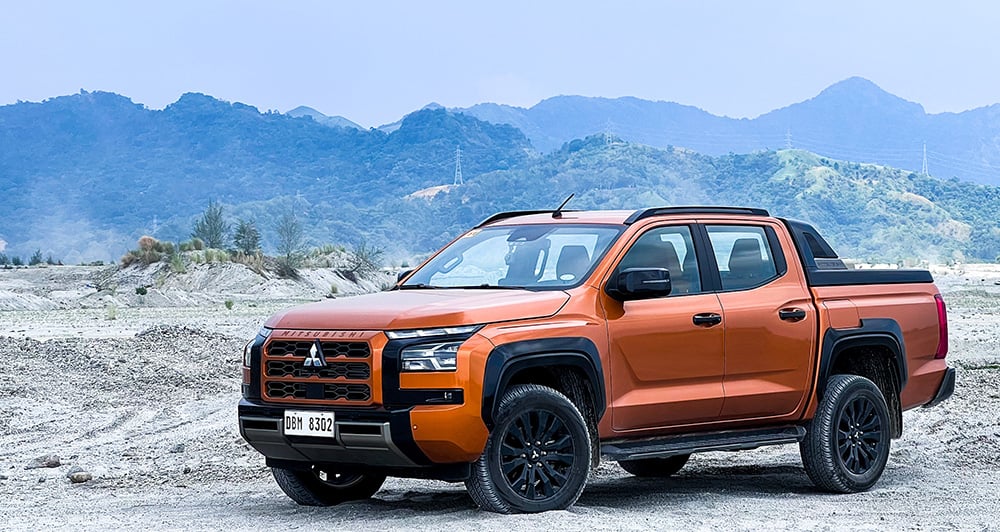
Having driven all generations of the Philippine-market Mitsubishi L200/Strada through the years, I guess you could say I have a healthy appreciation of the brand’s midsize pickup truck.
From the time the market got all hot and bothered with the second-generation Strada and its turbocharged 4D56 diesel, to the final year of the fifth-generation platform (which ended on a high note with overall victory at the 2022 Asia Cross Country Rally), Mitsubishi has steadily gotten better at the pickup truck game.
The buckboard ride gradually improved through the years. The power went up. And more safety features showed up in the truck. But age had caught up with it, and competitors like the Ford Ranger and the Nissan Navara offered more room, bigger beds, and more power.

With the Triton Athlete, Mitsubishi is giving no quarter. All-new from the ground up, the 4×4 gets a Euro 5-compliant 4N16 engine rated at 202hp and a 470Nm plateau of torque from 1,500rpm to 4,500rpm.
The six-speed transmission is four shy of the Ranger’s fancy-pants gearbox, but more on that later. The Super Select 4WD-II hardware is ready for action with the ability to engage 4WD-High at up to 100km/h, and a center locking differential that works in both High and Low ranges.
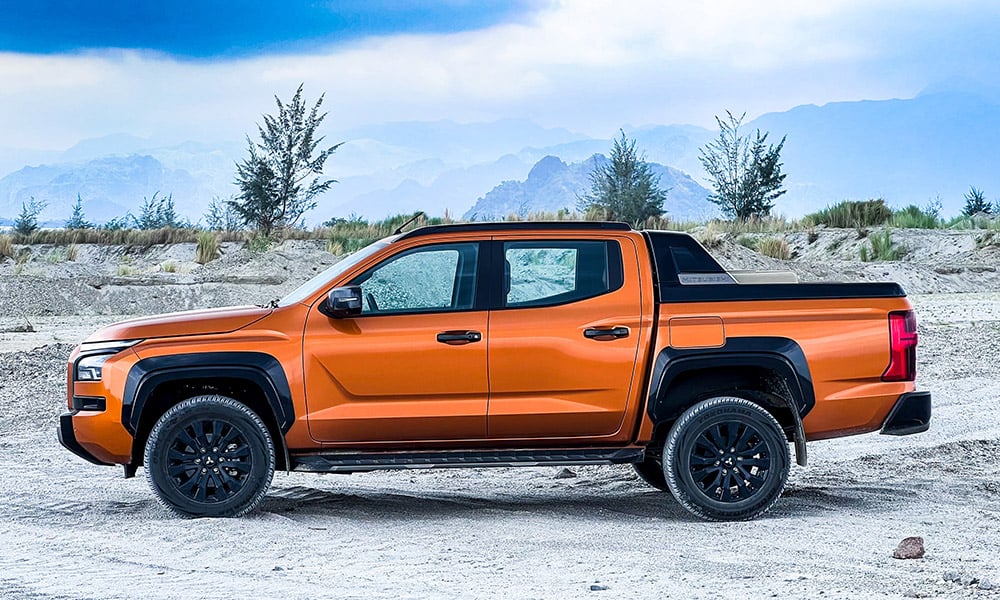
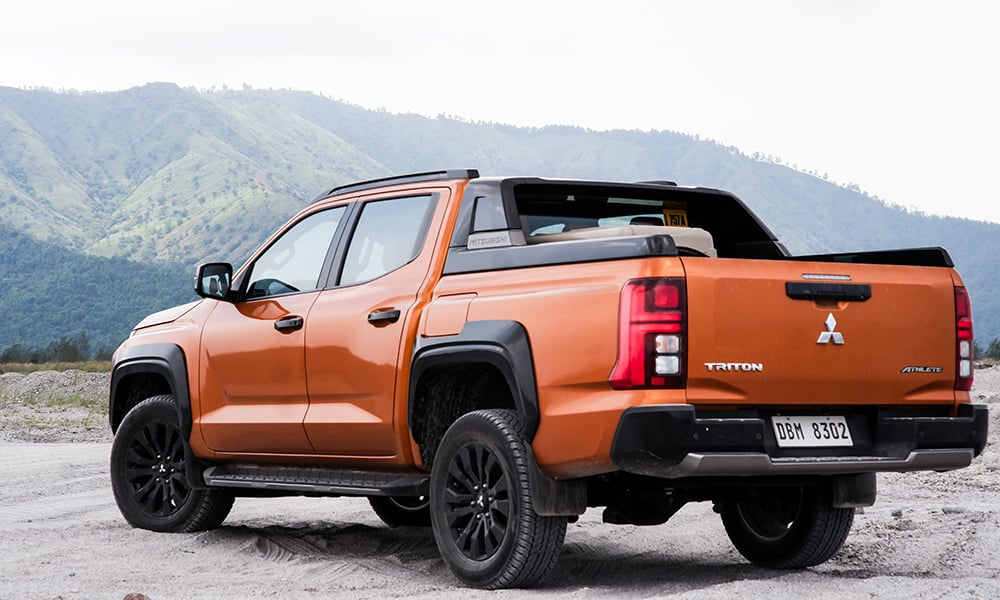
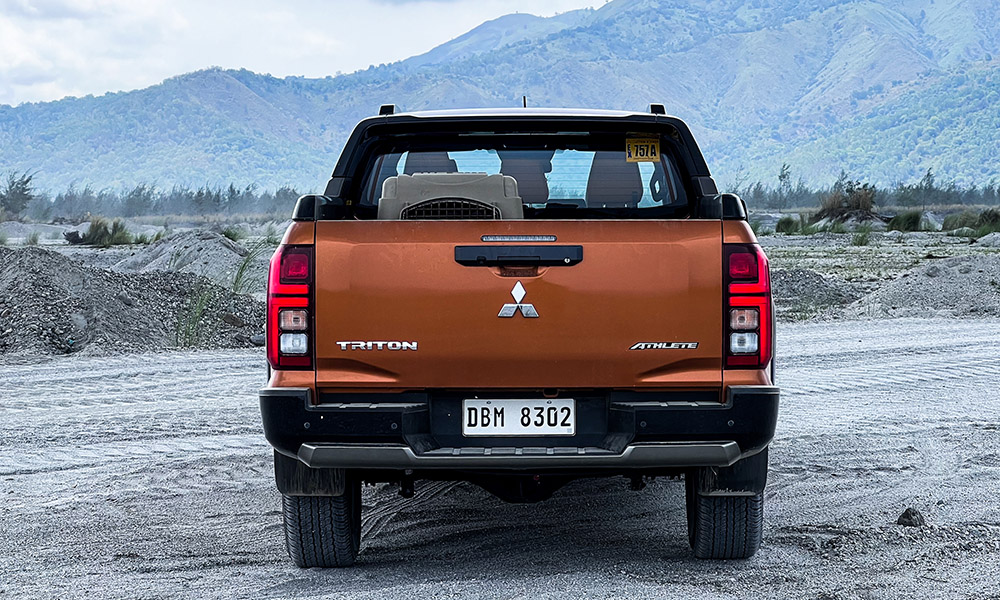
Loaded up for a weekend at the farm with the wife, the Lab, bunso, and all our bags, the cabin quickly filled up, so it’s a good thing there’s more room at the back to swallow everything you don’t want to put in the bed.
The back seat also gets ceiling-mounted air-conditioning vents, and my son actually asked to turn off the rear A/C because it was too chilly. The rear seat-back rake also isn’t too upright, allowing him to sleep off most of the trip.
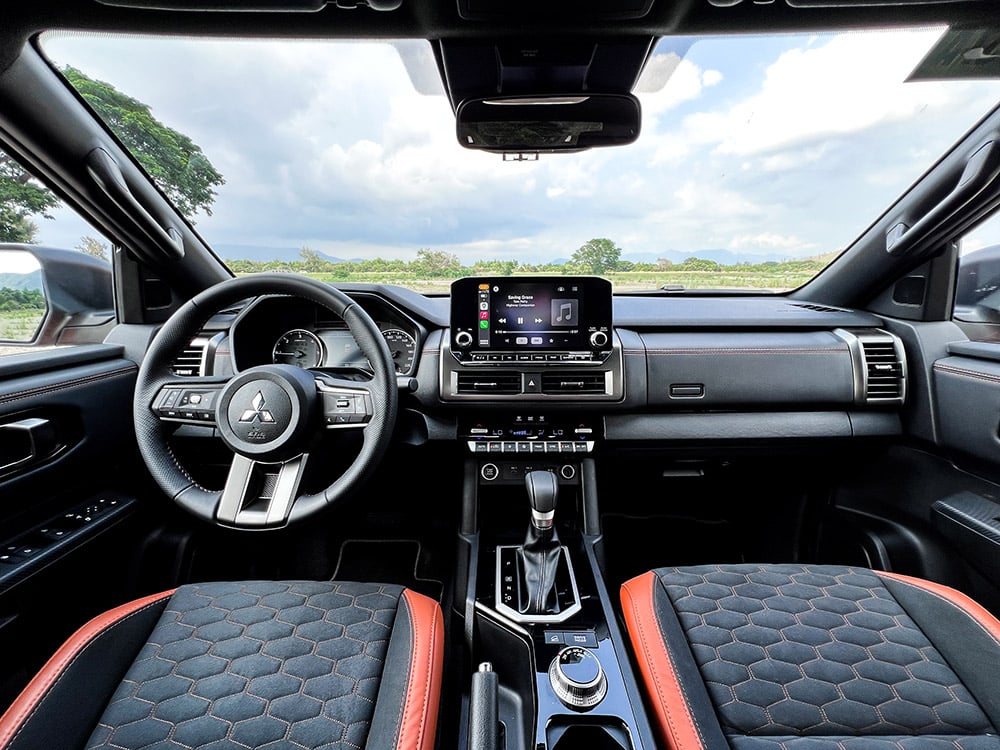
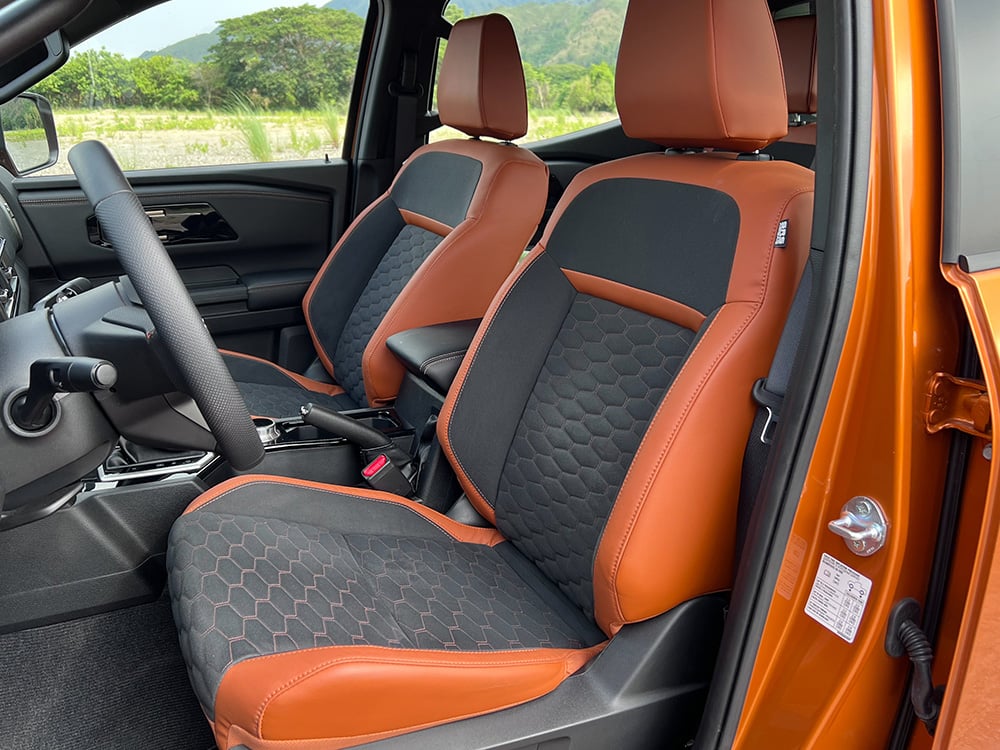
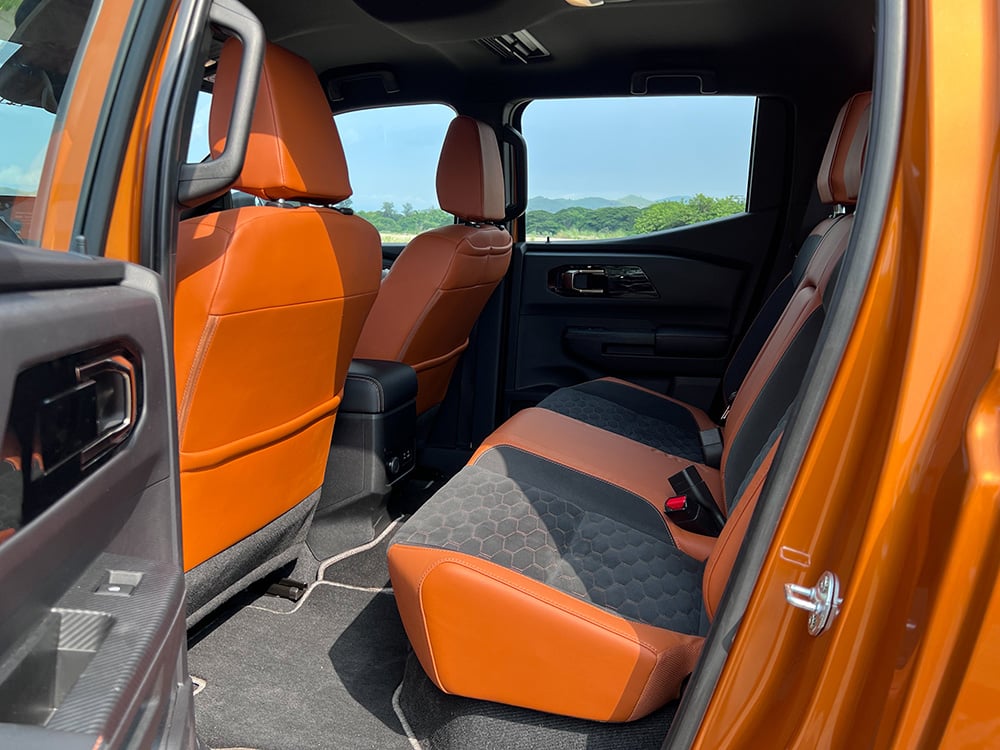
Strapping into the Strada Triton is like reuniting with an old friend. It has a sound ergonomic position with a steering wheel aligned with your chest and enough rake and reach to get the fit just right no matter your height.
The power-adjustable driver’s seat (as well as the manual shotgun seat) has a good fit with decent bolsters for lateral and lumbar support.
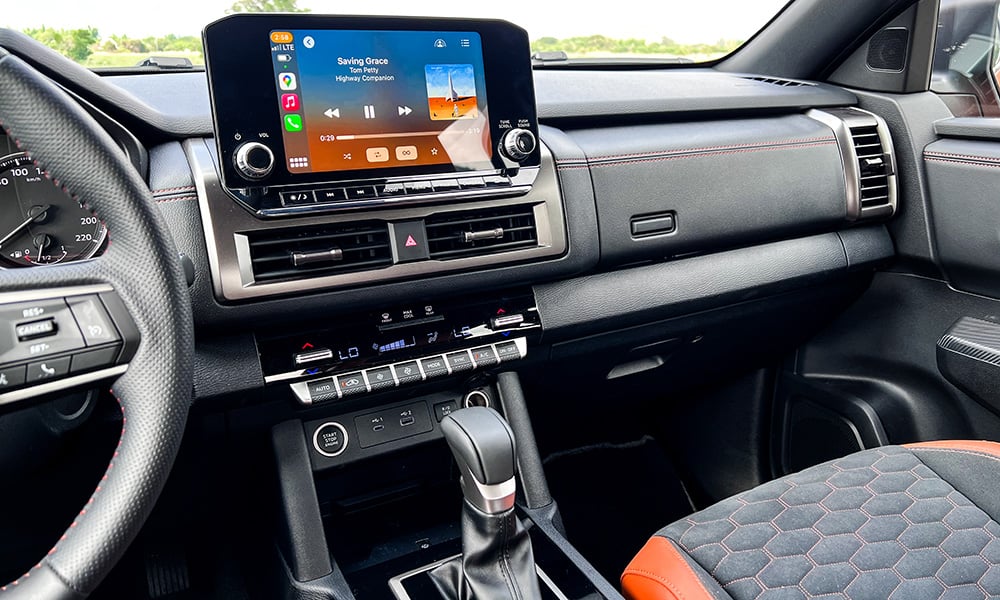
The overall design of the dashboard is chunky and angular, with physical buttons and dials for the stereo and climate control.
The nine-inch infotainment screen is mostly for using the stereo and minor vehicle settings, although I couldn’t always get the Apple CarPlay to work with my iPhone. Sometimes it worked, other times it wouldn’t.
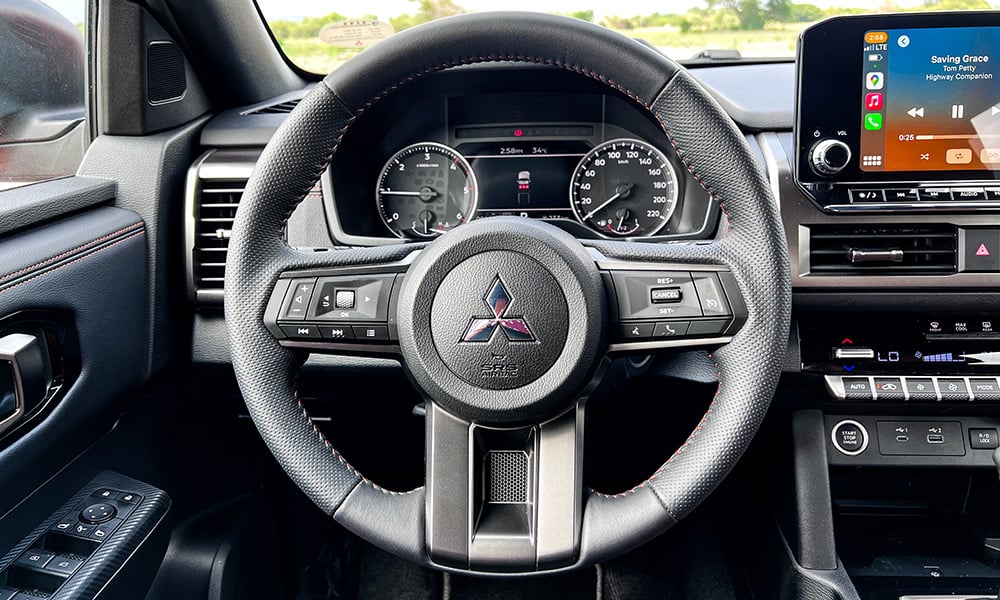
To access the driving aids, you’ll need to work with the steering wheel-mounted buttons and the seven-inch color LCD. I’m so happy Mitsubishi decided to stick with traditional analog gauges for the speedometer and the tach. They just look so much better.
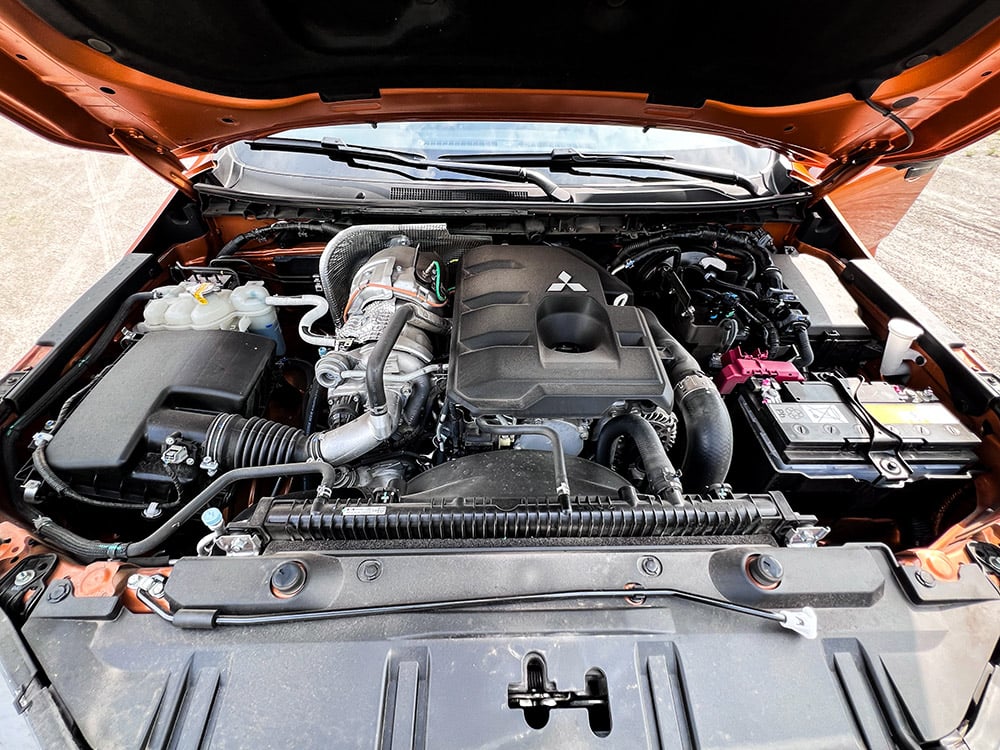
As expected, power from the 2.4-liter turbodiesel is gratifying but not overwhelming. Using a two-stage turbo, the first one is what you’ll mostly use for cruising and errands around town.
The second turbo kicks in at around 3,000rpm, and it’s a smooth transition with some faint whine from the latter as the system does its best to push aside wind resistance at well over the speed limit.
Refinements to the chassis have yielded a stiff platform that only judders a bit on rough pavement, as well as being remarkably SUV-quiet when cruising. The suspension still uses front double wishbones and rear leaf springs, but the ride manages to be taut without launching passengers into the headliner. But the best part is the steering.
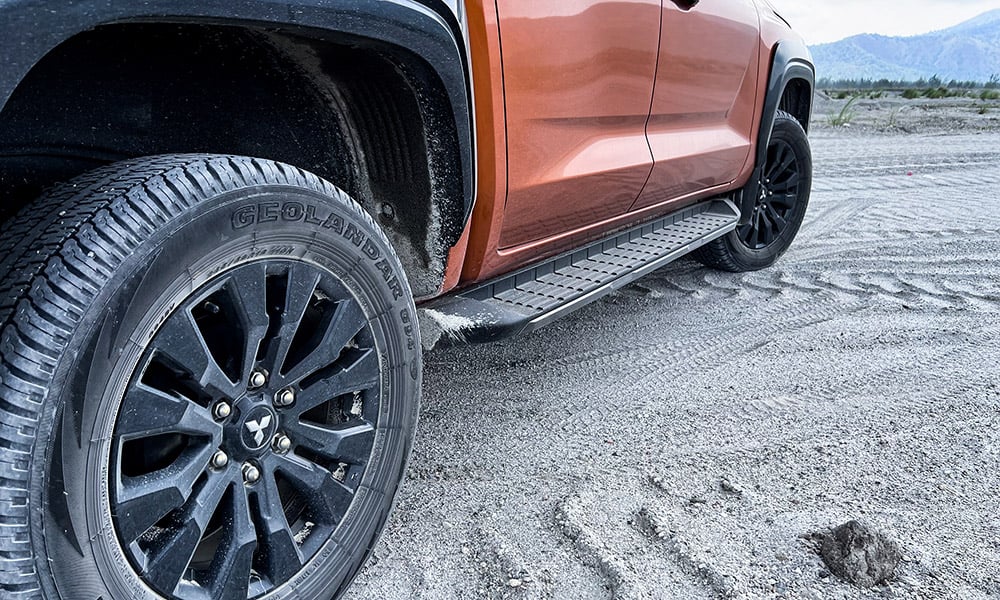
The old model’s hydraulic system has been replaced with an electronic one (although lesser variants still make do with hydro), and it is pleasingly sharp and responsive.
At low speeds, steering effort is light and fast without feeling toylike, gradually firming up as you go faster. On the empty lahar fields of Zambales, I had great fun whipping the truck around and kicking the tail out with power oversteer.
My first attempt was curtailed by the electronic donut limiter (aka active stability control), which cut power after a few seconds of horsing it around.
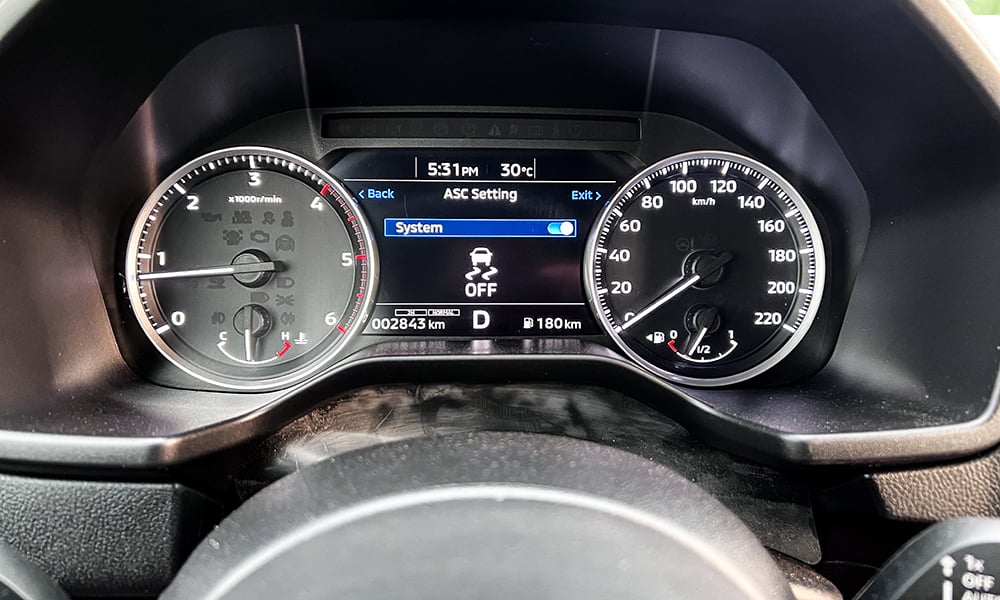
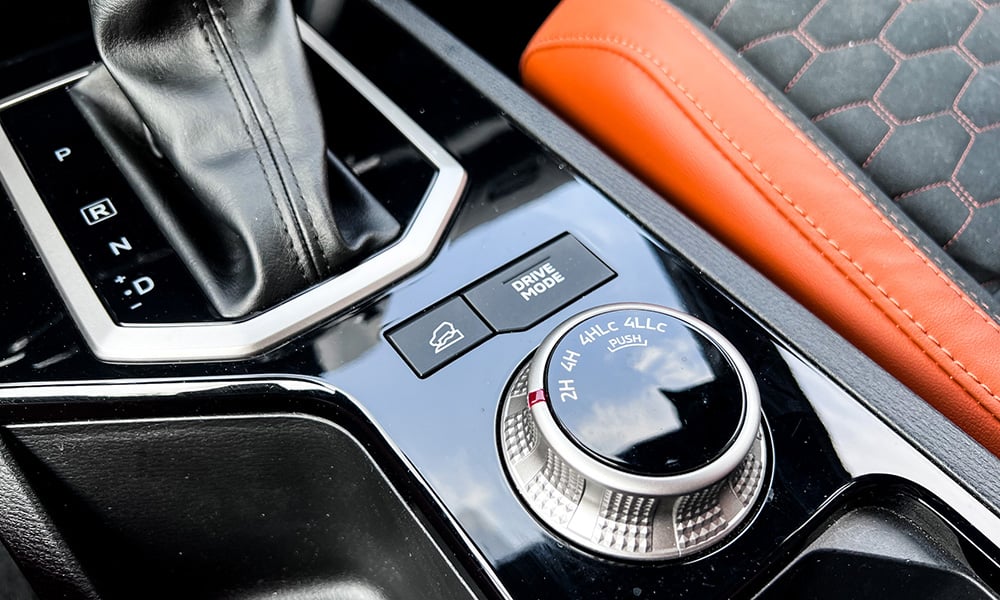
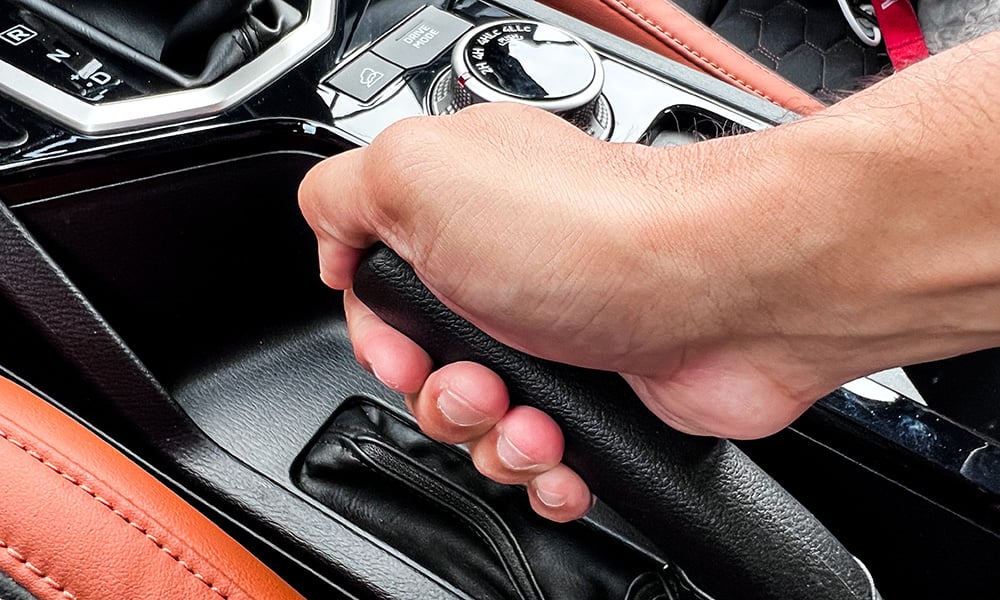
After some Messenger consultation with Mitsubishi, I found the ASC tab buried in one of the menus and promptly did a few rounds.
Why am I telling you this? Because in the loose and in 4×2 mode with the ASC off, it only takes half-throttle to make some wheelspin, and turning the steering left or right is ridiculously easy so you can do figure-eights and enjoy the P1,909,000 you spent for your truck.
Only the giant dust cloud and the smell of burnt clutch will restrict you from enjoying it for more than a few seconds. And don’t forget to turn the ASC back on when you get back to the road.
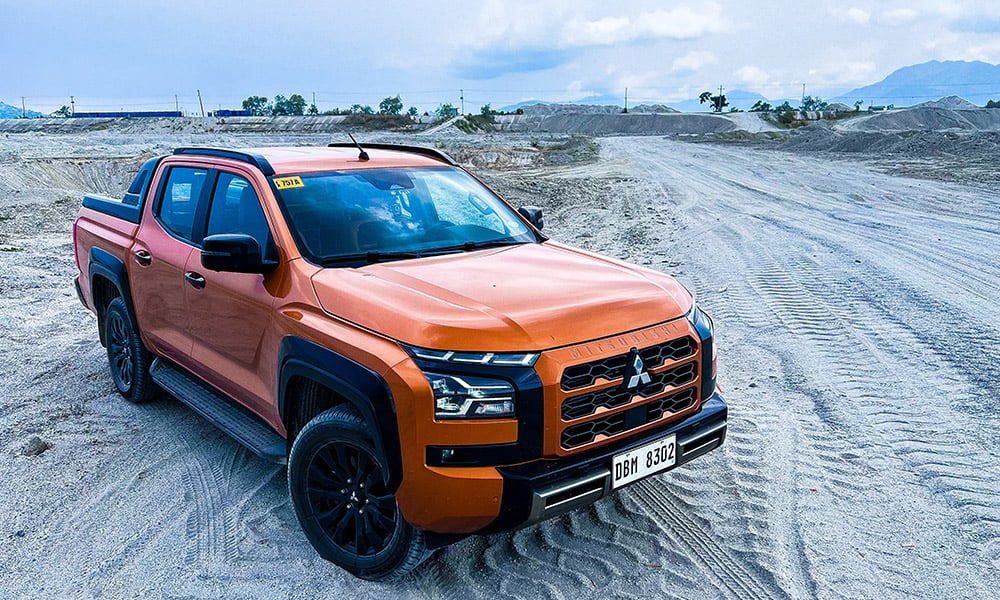
Top marks also go for the transmission, which manages the horsepower and torque spread smoothly.
I didn’t encounter any gear-hunting, and even in Eco mode that selects the tallest possible gear, there’s more than enough torque to get you moving along briskly.
My 300km trip to Manila from La Union averaged a high of 13.4km/L, briefly dipping to 12km/L when I encountered a heavy thunderstorm and elected to go with 4WD-High.
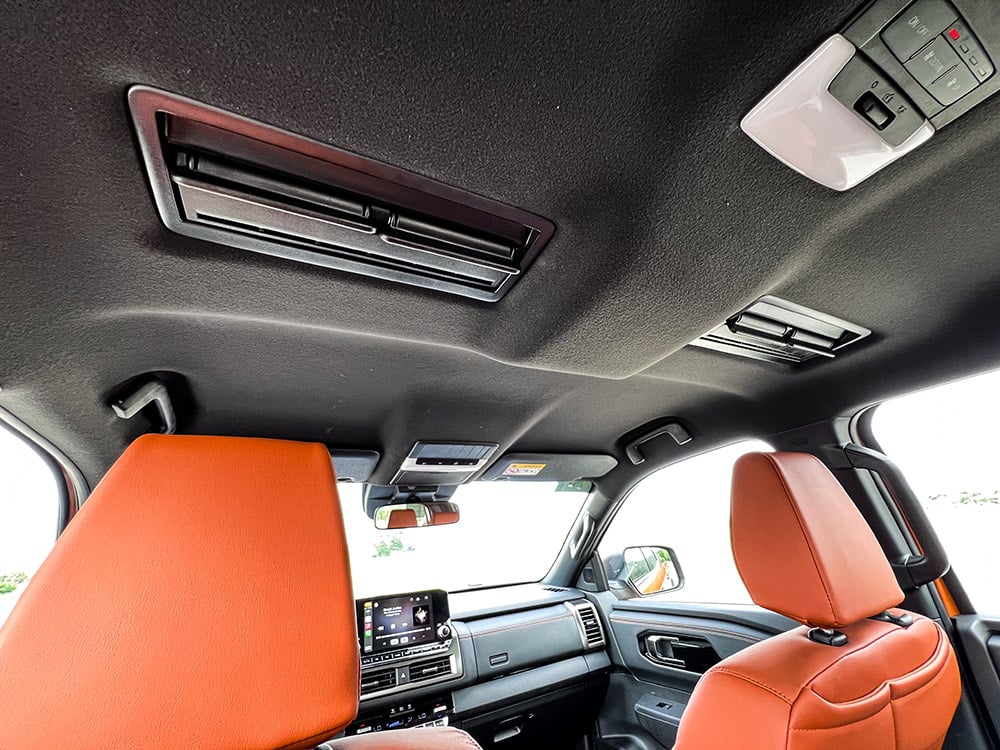
Aside from choosing between 2WD and the usual 4WD-High and -Low settings, you can also select among Gravel, Mud, Sand or Rock drive modes in 4WD. This alters the sensitivity of throttle response and how much peak power to put down.
The usual hill-hold assist and hill descent control buttons are also present, and I was pleasantly surprised that Mitsubishi decided to stick with a good old fun stick (aka handbrake) rather than an e-brake.
Finally, while it’s the biggest it’s ever been, the Triton doesn’t feel unwieldy in tight situations. The communicative chassis and powertrain make it easy to be precise with your movements, and that’s no small feat with a pickup truck.
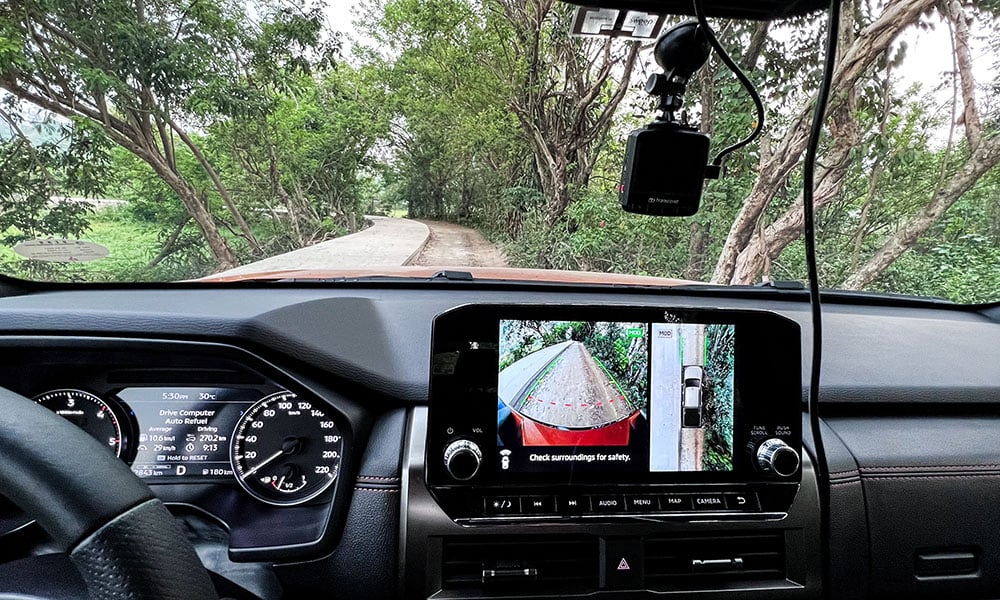
This being the top-flight Triton, the ADAS suite includes adaptive cruise control, adaptive high beams, lane-departure warning (but not lane-keeping, thank God), 360° cameras with parking sensors, blind-spot warning with lane-change assist, and rear cross-traffic alert.
However, a glitch in the matrix occurred while cruising on the TPLEX. With the cruise engaged, I stepped on the accelerator to see if it could be overridden for a quick overtake.
This resulted in a very brief engine stall, throwing a “CHECK ENGINE” light and deactivating the cruise control. The engine kept going and restarted without a hitch, and the cruise control came back after a few more drives.
These software-driven vehicles are getting harder and harder to get through the miles without a hiccup.
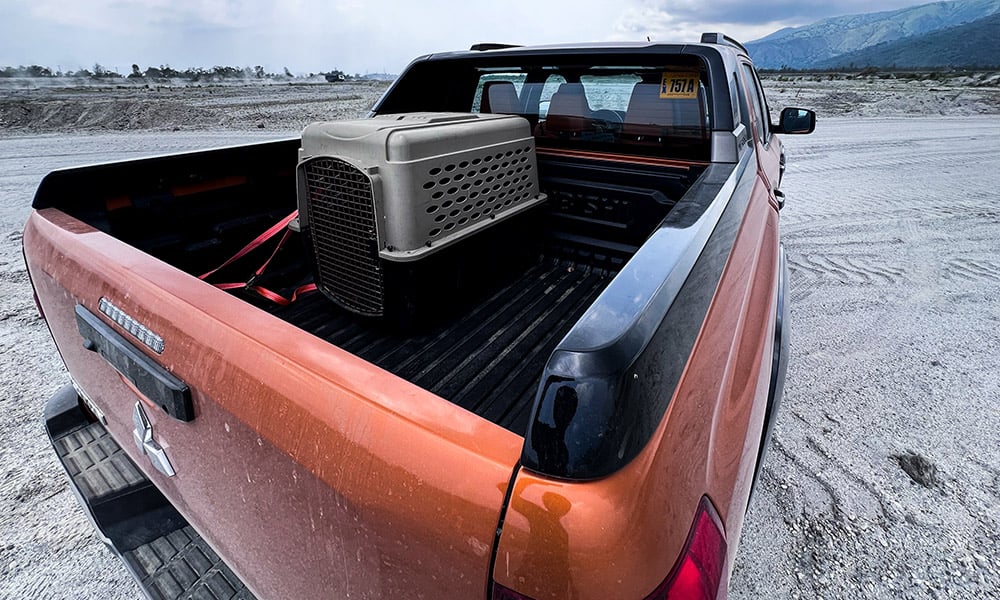
On the utility side, the bed is the largest it has ever been, measuring 1,555mm by 1,545mm by 525mm. By comparison, the old Strada’s bed measured 1,520mm by 1,470mm by 475mm, and this was always a handicap for prospective buyers who needed the biggest bed possible. So, this shouldn’t be a problem now.
Incidentally, the automatic Athlete’s max load weight is just under a ton at 985kg, so go with the manual transmission model if you need the absolute max loading at 1,090kg.
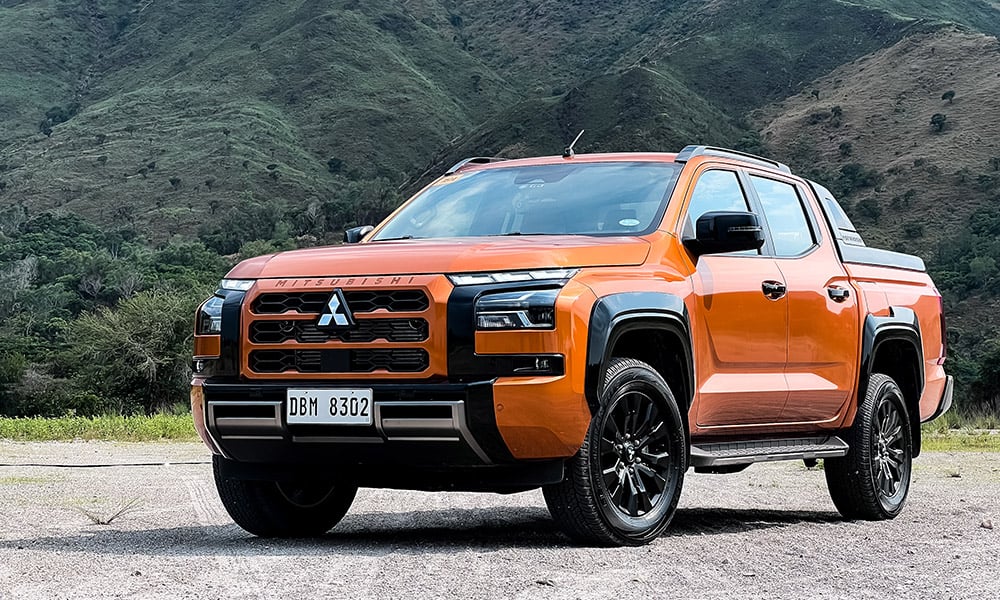
But apart from the usual tie-down points, there are no auxiliary ports with which to charge your accessories for overlanding, and the bumper lacks a step-up notch like the Wildtrak’s to make getting in the back easier for older farts like me.
Neither does the tailgate have any dampers, which seems very basic these days.
Seems like the engineers spent all their energy refining the cabin, the chassis, and the drivetrain, then decided to call it a day. Or maybe the bean counters said it was time to cut costs somewhere. Perhaps a midlife update will fix this.
With a price that’s under the P2-million mark brimming with (mostly) useful features—and with a highly enjoyable chassis and powertrain—the Triton Athlete is a treat for hard-charging truck buyers.
MITSUBISHI TRITON ATHLETE 4WD AT
| Engine | 2.4-liter four-cylinder twin-turbo diesel |
| Transmission | 6-speed automatic |
| Power | 202hp @ 3,500rpm |
| Torque | 470Nm @ 1,500-2,750rpm |
| Dimensions | 5,360mm x 1,930mm x 1,815mm |
| Drive layout | 4WD |
| Seating | 5 |
| Price | P1,909,000 |
| Upside | Well-sorted-out driving dynamics. Highly capable powertrain. More usable space. Laden with comfort and safety features. |
| Downside | Some software hiccups need to be ironed out. Rudimentary bed lacks power ports and a step-up notch. |

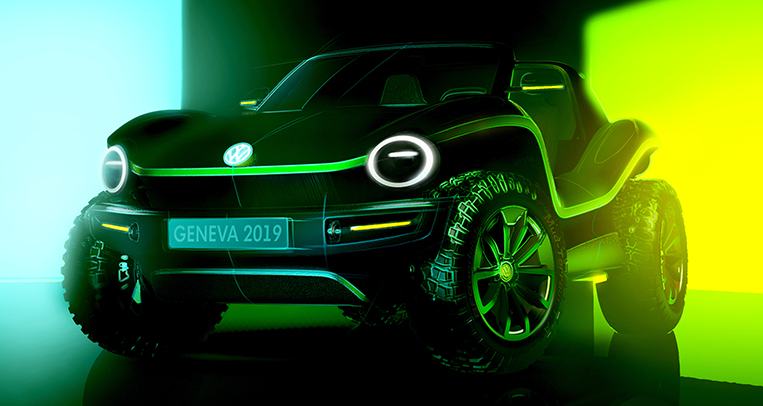
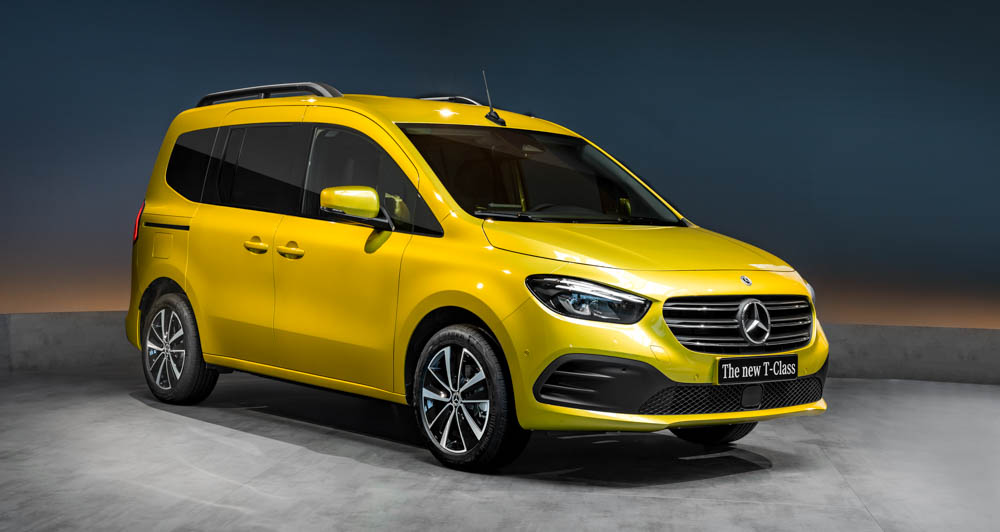
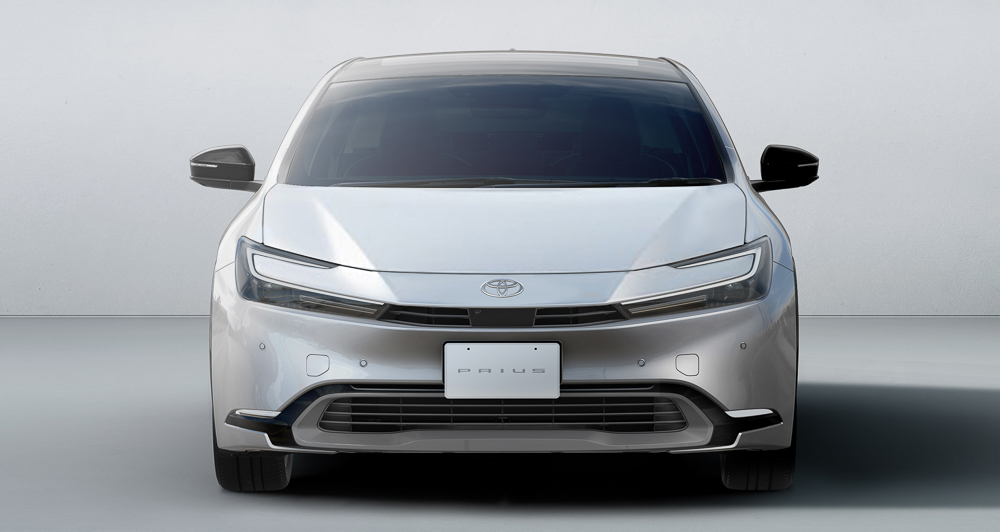
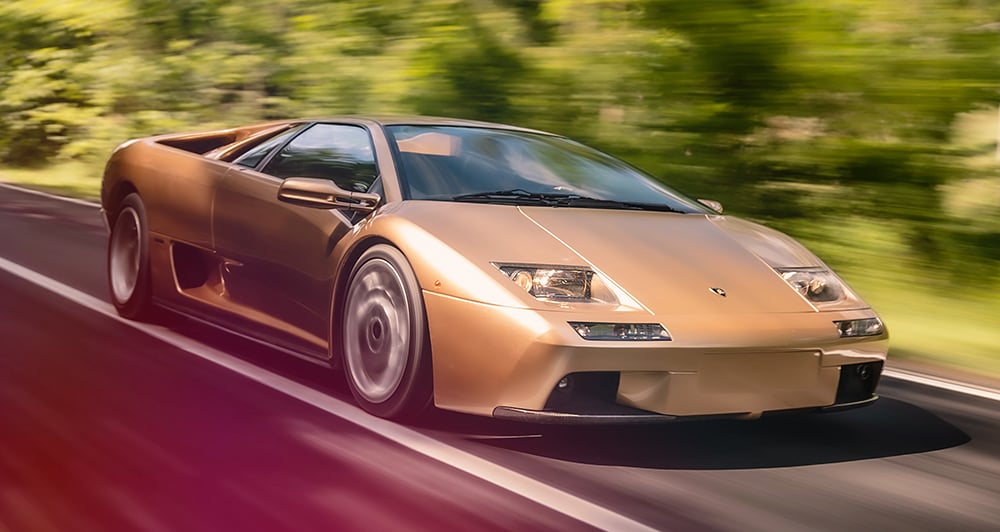
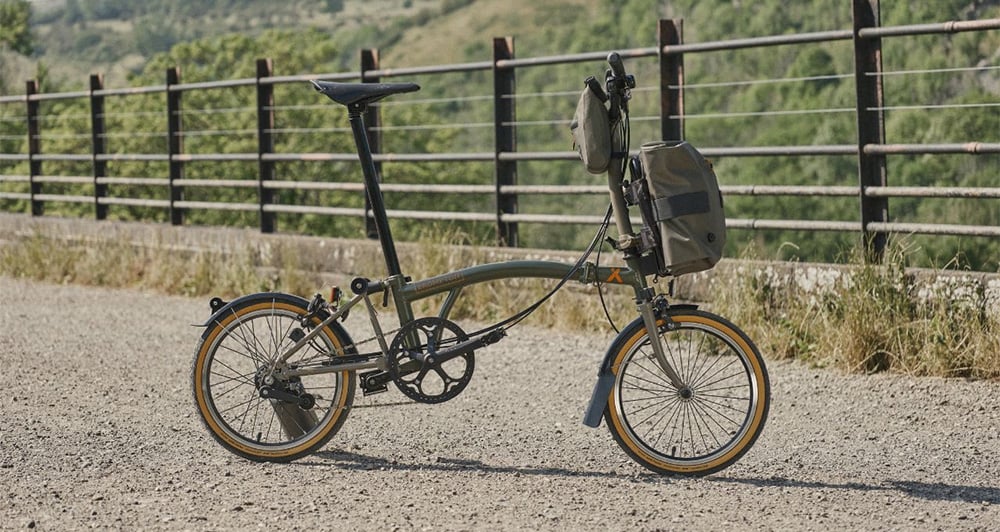
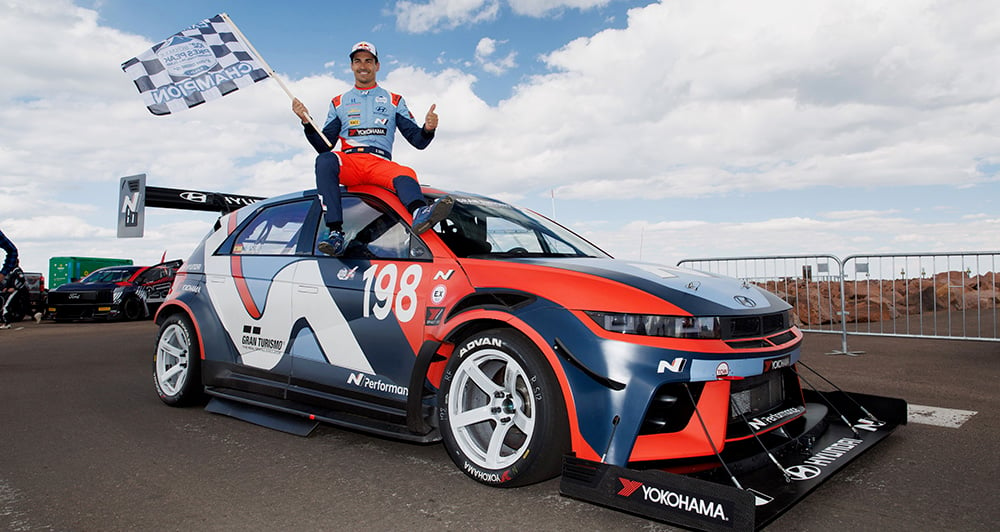
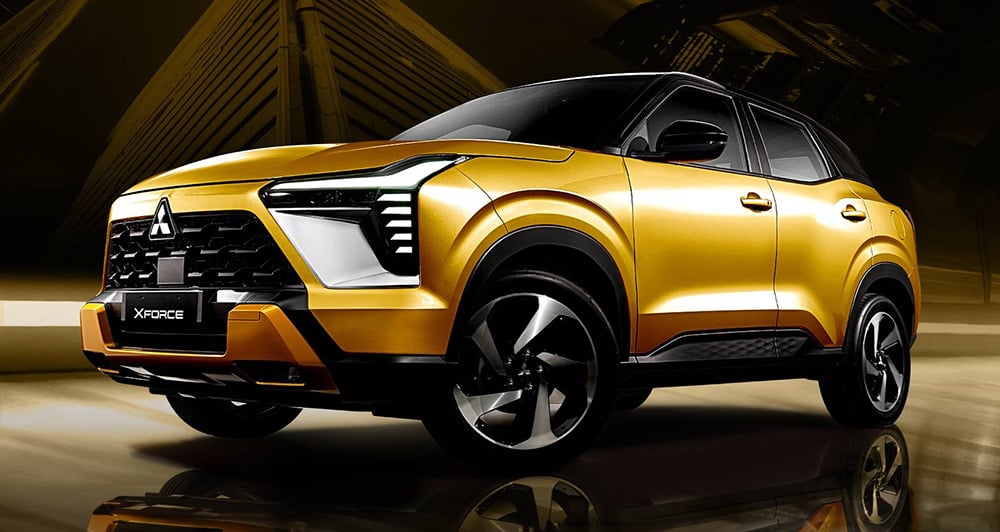
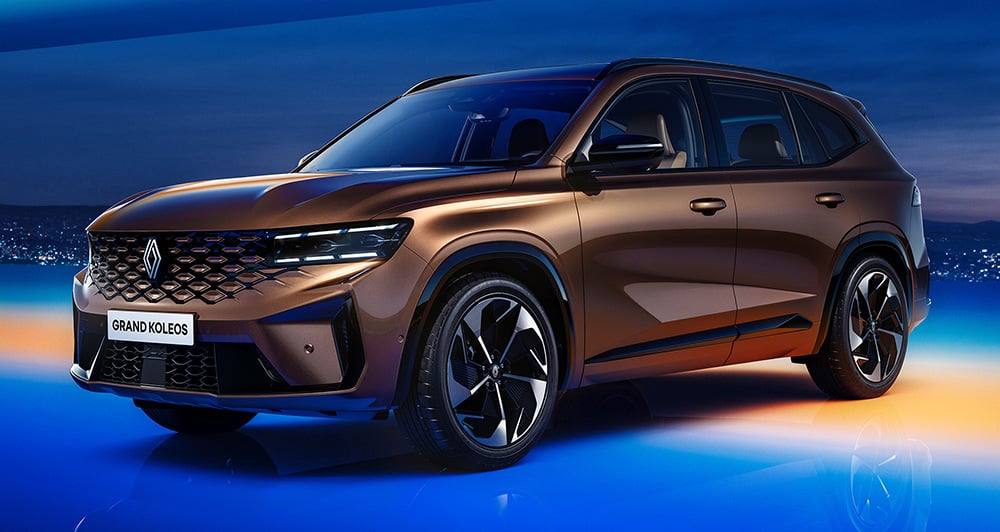
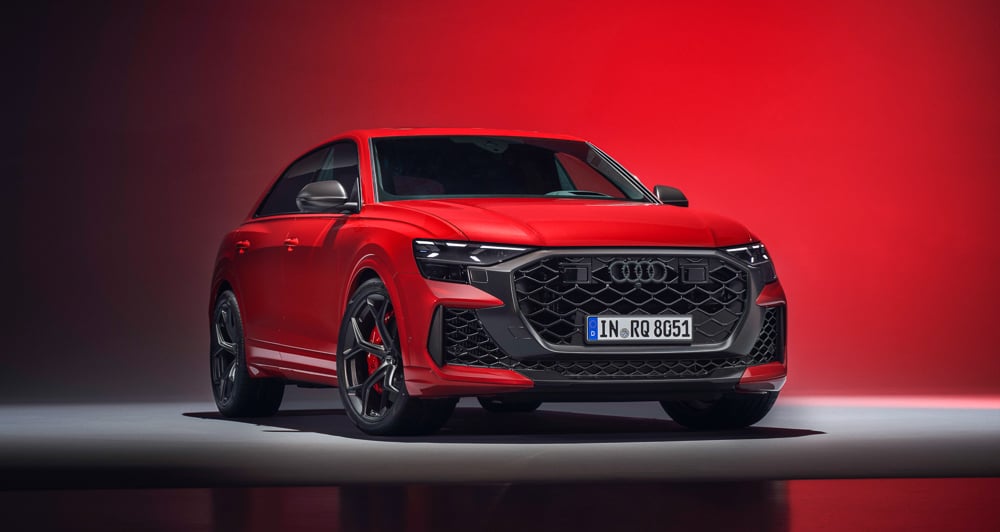
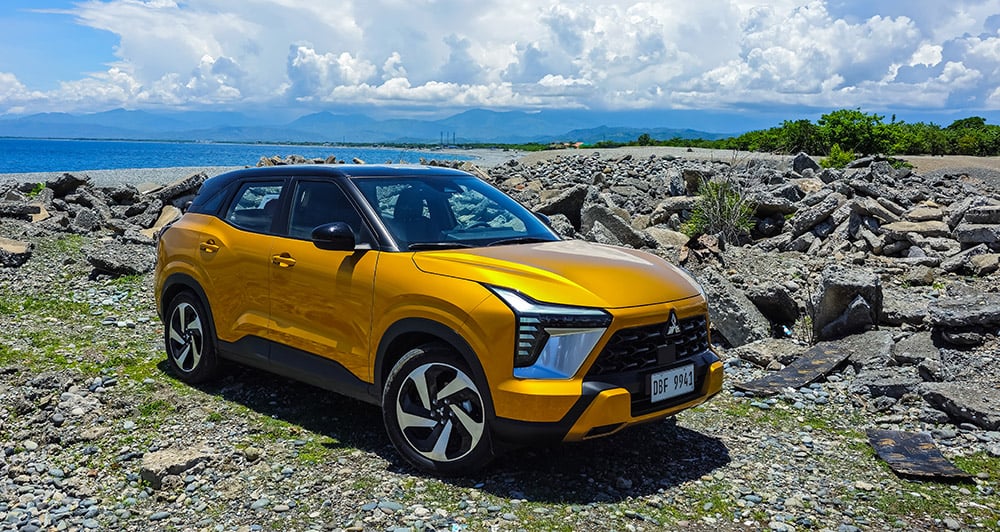
Comments